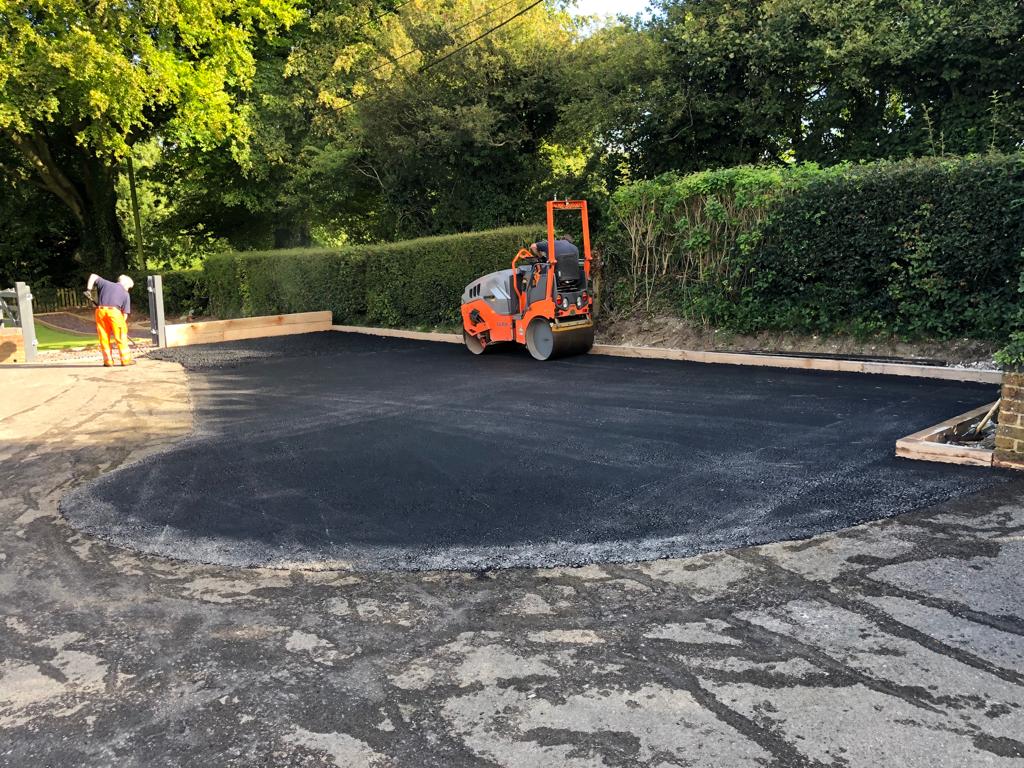Introduction: Potholes are more than just a nuisance on our roads; they pose significant challenges to various sectors, especially emergency medical services (EMS). At Sunbury Road Tech, we understand the critical nature of smooth and reliable road surfaces, particularly for those who rely on prompt and safe transportation in life-threatening situations. In this blog post, we will delve into the impact of potholes on EMS and the broader implications for community safety and well-being.
The Critical Role of Emergency Medical Services
Emergency medical services (EMS) are the backbone of urgent healthcare delivery, providing critical care and transportation to hospitals. EMS’s efficiency is paramount, as delays can mean the difference between life and death. Response times are a key performance indicator, and road conditions are crucial.
How Potholes Affect EMS Operations
- Response Time Delays
- Navigational Challenges: Potholes force emergency vehicles to slow down or take detours, significantly increasing response times. In emergencies, even a few minutes can be critical.
- Increased Travel Time: EMS vehicles often have to navigate through neighbourhoods with poorly maintained roads, adding precious seconds or even minutes to their journey.
- Vehicle Damage and Maintenance
- Increased Wear and Tear: Regular encounters with potholes can cause extensive damage to EMS vehicles, leading to more frequent repairs and maintenance.
- Higher Costs: The financial burden of repairing pothole damage can strain the budgets of EMS providers, potentially diverting funds from other critical areas.
- Patient Comfort and Safety
- Bumpy Rides: Potholes can cause jarring movements in ambulances, exacerbating injuries and causing discomfort to patients during transport.
- Risk of Further Injury: The uneven ride can pose a risk of further injury to patients, especially those with fractures or other sensitive conditions.
- Operational Efficiency
- Route Planning: EMS dispatchers must consider road conditions when planning routes, which can complicate logistics and reduce overall efficiency.
- Resource Allocation: Time lost due to poor road conditions can impact the availability of EMS units, affecting their ability to respond to other emergencies.
Broader Implications for Community Safety
- Public Health and Safety
- Delayed Emergency Care: Longer response times can worsen health outcomes, increasing morbidity and mortality rates.
- Community Confidence: Poor road conditions can erode public confidence in EMS’s ability to provide timely and effective care.
- Economic Impact
- Increased Healthcare Costs: Delays in emergency care can lead to more severe health issues, resulting in higher medical costs for patients and healthcare systems.
- Productivity Loss: Injuries and illnesses not promptly addressed can lead to longer recovery, impacting workforce productivity.
- Infrastructure and Investment
- Deterrence of Investment: Poor road conditions can deter businesses and investors, affecting a region’s economic growth and development.
- Infrastructure Degradation: Neglecting road maintenance can lead to a vicious cycle of deteriorating infrastructure, increasing the long-term costs of repairs and upgrades.
Solutions and Recommendations
- Regular Maintenance and Repair
- Proactive Road Management: Implementing a proactive approach to road maintenance can help prevent potholes from forming and worsening.
- Timely Repairs: Expressing potholes can minimise their impact on EMS and other road users.
- Increased Funding and Investment
- Government Support: Increased funding for road maintenance from local and national governments can ensure that roads remain in good condition.
- Public-Private Partnerships: Collaborations between public agencies and private entities can bring additional resources and expertise to road maintenance efforts.
- Advanced Technology
- Pothole Detection Systems: Utilising advanced technology, such as sensors and drones, can help identify potholes early and prioritise repairs.
- Improved Materials: Investing in durable road materials resistant to wear and tear can reduce the frequency of pothole formation.
- Community Involvement
- Public Reporting: Encouraging the public to report potholes can help authorities address issues more quickly.
- Awareness Campaigns: Raising awareness about the impact of potholes on EMS and community safety can foster public support for road maintenance initiatives.
Conclusion: Potholes present a significant challenge to emergency medical services, affecting response times, vehicle integrity, patient safety, and overall operational efficiency. The broader implications for public health, economic productivity, and community safety underscore the importance of addressing this issue.
Call us on: 03 4159 2883
Click here to find out more about Sunbury Road Tech
Click here to complete our contact form and see how we can help you with your road needs.

